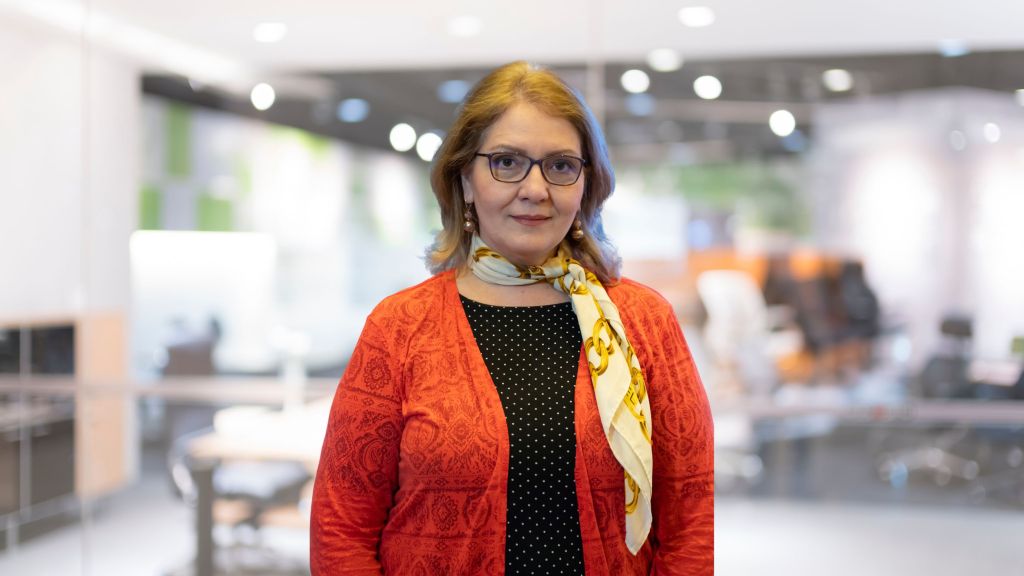In the 19th century, the Industrial Revolution created a substantial middle class in Western Europe and the United States. Another period of middleclass growth occurred after World War II, once again in Europe and North America and also in Japan. Today’s expansion is happening in the emerging markets (EMs). In Asia alone, 525 million people can already count themselves as middle class — more than the total population of the European Union.
Over the next two decades, it is estimated that the middle class will expand by another three billion people, coming almost exclusively from the emerging world.1
In this report, we examine the growth of the middle class in Ems and explore how this will change both the developing and the developed world. By 2030, so many people will have escaped poverty that the balance of geopolitical power will have completely changed — global trade patterns will be unrecognizable too. The intervening 20 years will see more and more people enter the middle classes with new money and new demands. Economists are hoping that this growing cohort of consumers can help to keep the foundering global economy afloat. Meanwhile, companies accustomed to serving the middle-income brackets of the old Western democracies will need to decide how they can effectively supply the new bourgeois of Africa, Asia and beyond.2
Who are the middle classes?
“Middle class” is a broad term; in many countries it is loaded with political, social and historical implications. For both economists and business executives, who need accurate and quantifiable information, it’s not really an issue of “class” at all, but rather income and spending power. But even when reduced to pure economics, quantifying the middle class is still a remarkably contentious issue; for instance, depending on the standards used, estimates of the size of India’s current middle class range from 30 million to 300 million.
One way to measure the middle class is to define it in relation to other “classes.” This is useful when looking at a single country, in which case you can define the middle class as simply all those except the richest and poorest 20%. But this makes comparison between countries very difficult, because every country has a different median income level. A wage that affords somebody a comfortable lifestyle in developing nations might barely cover basic expenses in much of the developed world.
For “middle class” to be a useful term for economists and businesses, it needs to have a global definition. There is surprisingly wide range of income brackets currently used for this purpose. For instance, the World Bank uses the range US$2–US$13 per day. In 2011, the African Development Bank claimed that a third of Africans had entered the middle classes using the range US$2–US$20 per day.3
Both of these income ranges are problematic for businesses operating in the developed world. Can somebody earning the equivalent of only US$2 per day really be considered middle class? Two-thirds of the African Development Bank’s middle class earned between US$2–US$4 per day. In any developed country, and income this low would be well below the poverty line.
By the World Bank’s measure of US$2–US$13 per day, the celebrated economic growth of emerging nations has put millions of people into the middle class in recent years. In China, the number of people earning US$2–US$13 per day has increased from 175 million in 1990 to 800 million in 2005, and in India 150 million to 265 million over the same period. These 15 years saw the cohorts of the middle class almost double globally, growing from 1.4 to 2.6 billion.
There are limitations to this optimistic picture. People whose income only just exceeds US$2 per day are not really middle class by the standards and expectations of any developed economy. The disposable income of people in this bracket will not stretch to consumer goods such as washing machines and televisions. And putting spending aside, it is likely that people earning just over US$2 per day have very limited access to aspects of middle-class life taken for granted in the West, such as good health care and education.4 The World Bank itself separates its middle class into two brackets, US$2–US$9 and US$9–US$13. Adding this detail, a slightly more realistic picture emerges: between 1990 and 2005, 10 times as many people entered the lower income bracket than the higher. The millions of people earning only slightly more than US$2 per day also risk slipping back into poverty, should economic growth reverse or even just stall.
The World Bank’s definition of the middle class is a useful way of ascertaining how many people have been lifted out of poverty — and the numbers who have moved into this bracket in the developing world is something to be applauded. But this definition is not very helpful for companies dependent on sales to those with large disposable incomes; they require a more realistic estimation of the number of people entering their target markets. For most businesses, a much more useful definition of middle class is people earning between US$10 and US$100 per day. At this level, consumers start having the kind of disposable incomes that will allow them to buy the cars, televisions and other goods that have been the staples of bourgeois life in the West for 60 years. People in this income bracket can be considered a “global middle class” — middle class by the standards of any country.
Find the complete study in the attached pdf document





























